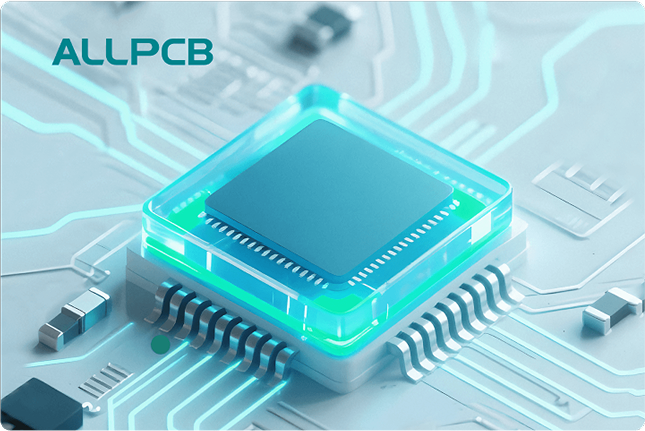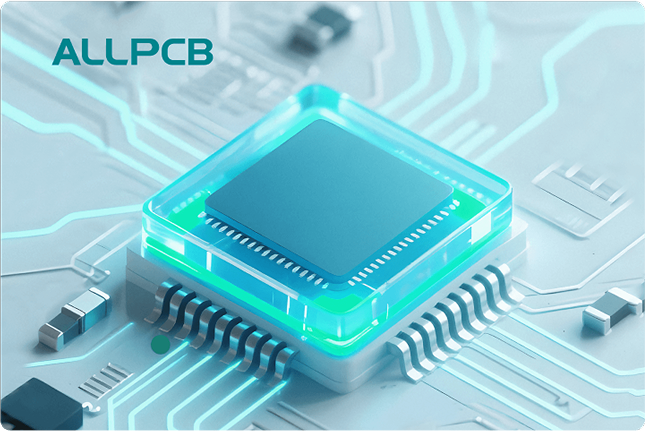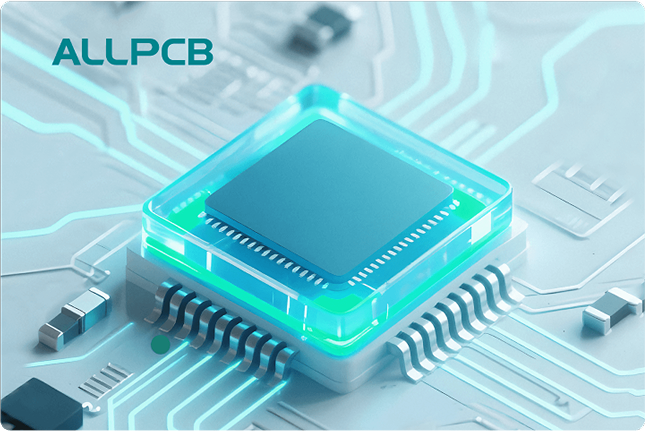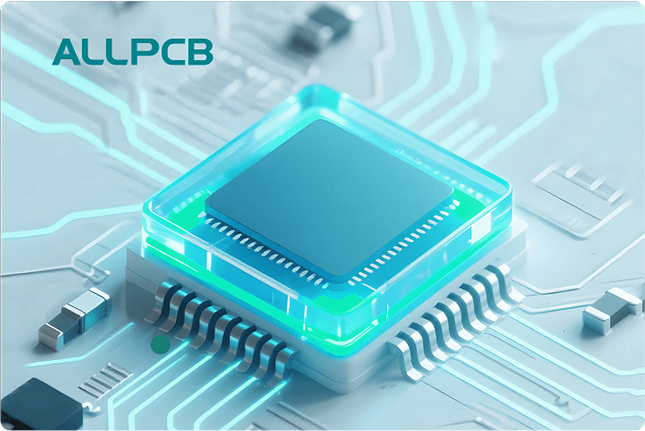If you're looking for alternatives to stainless steel for laser cut PCB stencils, you're in the right place. While stainless steel is the industry standard due to its durability and precision, materials like Mylar, nickel, and polyimide offer unique benefits for specific applications. In this post, we'll dive deep into these options, providing a detailed stencil material comparison for PCB manufacturing, focusing on durability, cost, and performance. Whether you're searching for laser cut stencil Mylar, laser cut stencil nickel, or other durable stencil material options, we've got you covered with practical insights to guide your choice.
Why Look Beyond Stainless Steel for PCB Stencils?
Stainless steel has long been the go-to material for laser cut PCB stencils due to its strength, resistance to wear, and ability to maintain precision during solder paste application. However, it’s not always the best fit for every project. High costs, longer production times for complex designs, and the need for specialized equipment can make stainless steel less ideal for prototypes or small runs. This has led engineers and manufacturers to explore alternative materials that balance cost, ease of use, and performance.
In this blog, we'll explore materials that can serve as viable alternatives, focusing on their properties, applications, and how they stack up against stainless steel. Our goal is to help you make an informed decision based on your specific needs, whether you're working on a high-volume production or a quick prototype.

Understanding the Role of PCB Stencils in Manufacturing
Before diving into alternative materials, let’s quickly review the purpose of PCB stencils. These tools are essential for applying solder paste to printed circuit boards (PCBs) during surface mount technology (SMT) assembly. A stencil acts as a template, ensuring that solder paste is deposited accurately onto the board’s pads before components are placed and reflowed.
The material of the stencil directly impacts the quality of the solder paste deposition. A good stencil must offer precision for fine-pitch components, durability to withstand repeated use, and compatibility with laser cutting for intricate designs. While stainless steel excels in these areas, alternative materials can provide similar benefits at a lower cost or with added flexibility for certain projects.
Alternative Materials for Laser Cut PCB Stencils
Let’s take a closer look at some of the most popular alternatives to stainless steel, focusing on their properties, advantages, and limitations. This stencil material comparison for PCB applications will help you identify the right choice for your needs.
1. Mylar: A Cost-Effective and Flexible Option
Mylar, a type of polyester film, is a widely used material for laser cut stencil Mylar applications, especially in prototyping and low-volume production. It’s a lightweight, flexible plastic that can be easily cut with a laser to create precise apertures for solder paste.
Key Properties:
- Thickness: Typically available in 3 to 10 mil (0.003 to 0.01 inches), with 4 mil being a common choice for PCB stencils.
- Cost: Significantly cheaper than stainless steel, often costing 50-70% less per stencil.
- Durability: Less durable than metal options, suitable for 50-100 uses before wear becomes noticeable.
Advantages:
- Ideal for quick prototyping due to low cost and fast production.
- Lightweight and easy to handle, reducing setup time.
- Compatible with most laser cutters for creating fine details.
Limitations:
- Not a durable stencil material for high-volume production, as it can deform or tear after repeated use.
- Less precise for ultra-fine pitch components (below 0.5mm) due to material flexibility.
Best Use Case: Mylar is perfect for hobbyists, startups, or engineers testing designs in small batches where cost savings outweigh the need for long-term durability.

2. Nickel: A Durable and High-Precision Alternative
Nickel stencils, often created through electroforming rather than laser cutting, are another strong contender for PCB applications. However, advancements in laser technology have made laser cut stencil nickel a viable option for certain designs. Nickel offers excellent durability and precision, making it a closer match to stainless steel than plastic alternatives.
Key Properties:
- Thickness: Typically ranges from 0.004 to 0.008 inches (4-8 mil).
- Cost: More expensive than Mylar but often 20-30% cheaper than stainless steel for similar designs.
- Durability: Can withstand 500-1000 uses, depending on handling and cleaning practices.
Advantages:
- High resistance to wear and corrosion, making it a durable stencil material.
- Excellent for fine-pitch components (down to 0.4mm), offering precision similar to stainless steel.
- Smoother aperture walls compared to laser-cut stainless steel, which can improve solder paste release.
Limitations:
- Laser cutting nickel can be more challenging and may require specialized equipment compared to stainless steel or Mylar.
- Slightly softer than stainless steel, which can lead to deformation under excessive pressure.
Best Use Case: Nickel is ideal for medium to high-volume production runs where durability and precision are critical, but cost savings are still a priority.

3. Polyimide: A Heat-Resistant Plastic Alternative
Polyimide, often known by trade names for similar materials, is a high-performance plastic that offers unique benefits for laser cut PCB stencils. It’s less common than Mylar but provides superior heat resistance and durability for specific applications.
Key Properties:
- Thickness: Available in 3 to 5 mil for stencil use.
- Cost: More expensive than Mylar, roughly 30-50% of the cost of stainless steel.
- Durability: Can handle 100-200 uses, better than Mylar but not as robust as metal options.
Advantages:
- High heat resistance, making it suitable for processes involving elevated temperatures.
- Better dimensional stability than Mylar, reducing the risk of warping during use.
- Compatible with laser cutting for detailed designs.
Limitations:
- Still not as durable as metal options for long-term use.
- Higher cost than Mylar without matching the precision of nickel or stainless steel for ultra-fine pitch components.
Best Use Case: Polyimide is a great choice for projects requiring heat resistance or for engineers working in environments where stencil stability under thermal stress is a concern.
Stencil Material Comparison for PCB: A Side-by-Side Look
To help you choose the right material, here’s a detailed stencil material comparison for PCB applications. This table summarizes the key factors for stainless steel and the alternatives discussed.
| Material | Durability (Uses) | Cost (Relative to Stainless Steel) | Precision (Fine-Pitch Capability) | Best Application |
|---|---|---|---|---|
| Stainless Steel | 1000+ | 100% | Excellent (down to 0.3mm) | High-volume production |
| Mylar | 50-100 | 30-50% | Moderate (down to 0.5mm) | Prototyping, low-volume |
| Nickel | 500-1000 | 70-80% | Excellent (down to 0.4mm) | Medium to high-volume |
| Polyimide | 100-200 | 50-70% | Moderate (down to 0.5mm) | Heat-intensive processes |
This comparison highlights that while stainless steel remains the gold standard for durability and precision, alternatives like Mylar and nickel can meet specific needs at a lower cost. If you prioritize a durable stencil material, nickel is a strong contender, while Mylar excels for budget-conscious prototyping.
Factors to Consider When Choosing a Stencil Material
Selecting the right material for your laser cut PCB stencil depends on several key factors. Here are the main considerations to keep in mind:
- Production Volume: High-volume runs benefit from durable materials like stainless steel or nickel, while low-volume or prototype projects can use Mylar or polyimide to save costs.
- Component Pitch: For fine-pitch components (below 0.5mm), opt for materials with high precision like nickel or stainless steel.
- Budget: If cost is a major concern, Mylar offers the most affordable option for laser cut stencil Mylar needs.
- Environmental Conditions: If your process involves high temperatures, polyimide’s heat resistance can be a game-changer.
- Laser Cutting Compatibility: Ensure the material you choose works well with your laser cutting setup, as some materials like nickel may require more powerful equipment.
Tips for Working with Alternative Stencil Materials
Switching to an alternative material for your PCB stencils can come with a learning curve. Here are some practical tips to ensure success:
- Handle with Care: Plastic materials like Mylar and polyimide are more prone to tearing or deformation. Store them flat and avoid excessive pressure during use.
- Clean Regularly: Residue from solder paste can build up faster on non-metal stencils. Use a mild solvent and soft cloth to clean after each use to extend lifespan.
- Test First: Before committing to a full production run, test the stencil material with your specific board design to ensure compatibility with your components and paste.
- Adjust Laser Settings: When creating a laser cut stencil Mylar or polyimide design, adjust your laser cutter’s power and speed to avoid burning or melting the material.
Conclusion: Finding the Right Balance for Your PCB Stencils
While stainless steel remains a top choice for laser cut PCB stencils due to its unmatched durability and precision, alternative materials like Mylar, nickel, and polyimide offer compelling benefits for specific scenarios. Whether you’re looking for a budget-friendly option with laser cut stencil Mylar, a durable alternative with laser cut stencil nickel, or need a durable stencil material for unique conditions, there’s a solution to fit your needs.
By understanding the strengths and limitations of each material through a thorough stencil material comparison for PCB applications, you can make an informed decision that balances cost, performance, and project requirements. At ALLPCB, we’re committed to supporting your manufacturing journey with high-quality stencil solutions tailored to your specifications. Explore these materials and see how they can elevate your PCB assembly process.
 ALLPCB
ALLPCB







